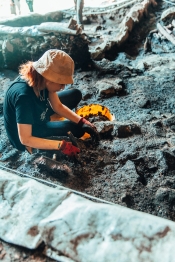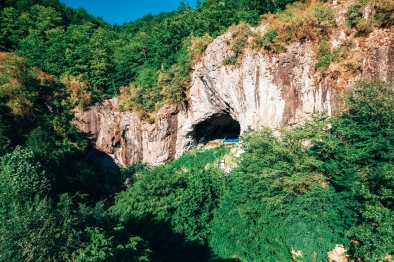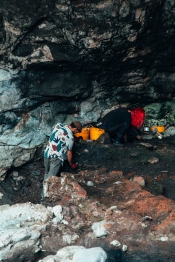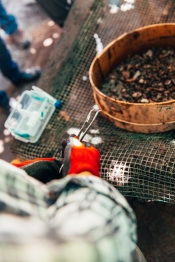
-
 About Us
About Us Detailed information about Zonguldak Coal Geopark and more...
About Us
About Us Detailed information about Zonguldak Coal Geopark and more... -
 Enjoy
Enjoy
-
 Discover
Discover Discover Zonguldak Geoparks
Discover
Discover Discover Zonguldak Geoparks -
 Learn
Learn
-
 Activities
Activities
-
 GeoNetwork
GeoNetwork
-
 Contact Us
Contact Us
Contact Us
Contact Us


İnönü Cave
G-28 Archaeological excavations were first started in 2017 in the cave located near the village of Alacabük, Kdz. Ereğli. During the excavations, the 6500-year-old historical and cultural position of the region and close relations between the Black Sea coastal settlements, Balkans and Western Anatolian cultures were determined. Consisting of three interconnected recesses, the cave has five different cultural layers. Medieval finds were found in the first layer, the Balkan origin tribes in the second layer, the remains of the Hittite Empire in the third layer, the Early Bronze Age in the fourth layer, and the Chalcolithic Age in the fifth layer. During the excavations in the cave, more than ten thousand beads were found in a pot. Twentyseven of them were made of gold and were recorded as the first gold bead finds made by man in Anatolia. It is possible to see the same gold beads in the settlements of the Chalcolithic Age in the Balkans. The findings in the cave show that the inhabitants of the cave were engaged in weaving activities, while they were hunting and raising pets around the cave.In addition, the findings belonging to the Kaskalis, whose existence was known in the region but could not be reached before, were found in this cave for the first time.




